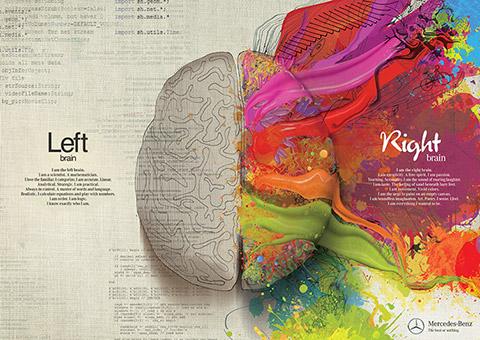

This paper, which draws on Wolff (2006, chapter 11) with revisions and updates, describes how abstract structures and processes in the SP theory may be realized in terms of neurons, their interconnections, and the transmission of impulses between neurons. Also, the theory itself may be seen to compress empirical information by combining simplicity in the theory with wide-ranging explanatory and descriptive power. The name “SP” derives from the central importance in the theory of information compression, something that may be seen as a process of maximizing the Simplicity of a body of information, by removing information that is repeated, whilst retaining as much as possible of its non-repeated expressive Power. The SP theory of intelligence, and its realization in the SP computer model, is a unique attempt to simplify and integrate observations and concepts across artificial intelligence, mainstream computing, mathematics, and human perception and cognition. The paper discusses several associated issues, with relevant empirical evidence. It is also envisaged that unsupervised learning will be achieved by the creation of pattern assemblies from sensory information and from the neural equivalents of multiple alignments, much as in the non-neural SP theory-and significantly different from the “Hebbian” kinds of learning which are widely used in the kinds of artificial neural network that are popular in computer science. It is envisaged that, in SP-neural, short-lived neural structures equivalent to multiple alignments will be created via an inter-play of excitatory and inhibitory neural signals. Processes such as pattern recognition, reasoning and problem solving are achieved via the building of multiple alignments, while unsupervised learning is achieved by creating patterns from sensory information and also by creating patterns from multiple alignments in which there is a partial match between one pattern and another. Central to the processing of information in SP-abstract is information compression via the matching and unification of patterns (ICMUP) and, more specifically, information compression via the powerful concept of multiple alignment, borrowed and adapted from bioinformatics. In SP-neural, the concept of a “pattern” is realized as an array of neurons called a pattern assembly, similar to Hebb's concept of a “cell assembly” but with important differences. In the abstract part of the SP theory (SP-abstract), all kinds of knowledge are represented with patterns, where a pattern is an array of atomic symbols in one or two dimensions.

Empirical support for the SP theory-outlined in the paper-provides indirect support for SP-neural. This part of the SP theory- SP-neural-is a tentative and partial model for the representation and processing of knowledge in the brain.

This paper describes how abstract structures and processes in the theory may be realized in terms of neurons, their interconnections, and the transmission of signals between neurons. The SP theory of intelligence, with its realization in the SP computer model, aims to simplify and integrate observations and concepts across artificial intelligence, mainstream computing, mathematics, and human perception and cognition, with information compression as a unifying theme.


 0 kommentar(er)
0 kommentar(er)
